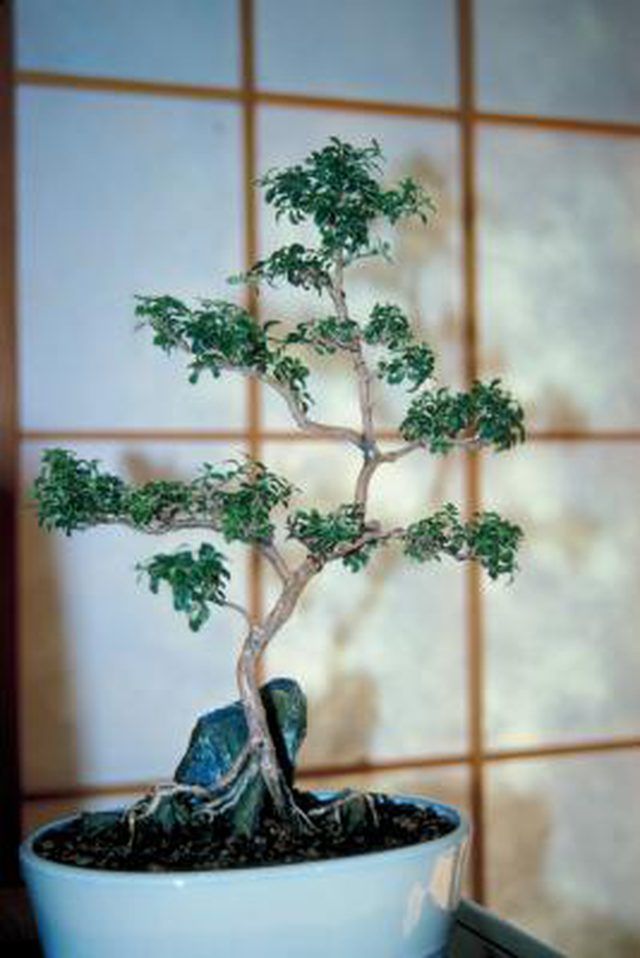Bulbs
Flower Basics
Flower Beds & Specialty Gardens
Flower Garden
Garden Furniture
Garden Gnomes
Garden Seeds
Garden Sheds
Garden Statues
Garden Tools & Supplies
Gardening Basics
Green & Organic
Groundcovers & Vines
Growing Annuals
Growing Basil
Growing Beans
Growing Berries
Growing Blueberries
Growing Cactus
Growing Corn
Growing Cotton
Growing Edibles
Growing Flowers
Growing Garlic
Growing Grapes
Growing Grass
Growing Herbs
Growing Jasmine
Growing Mint
Growing Mushrooms
Orchids
Growing Peanuts
Growing Perennials
Growing Plants
Growing Rosemary
Growing Roses
Growing Strawberries
Growing Sunflowers
Growing Thyme
Growing Tomatoes
Growing Tulips
Growing Vegetables
Herb Basics
Herb Garden
Indoor Growing
Landscaping Basics
Landscaping Patios
Landscaping Plants
Landscaping Shrubs
Landscaping Trees
Landscaping Walks & Pathways
Lawn Basics
Lawn Maintenance
Lawn Mowers
Lawn Ornaments
Lawn Planting
Lawn Tools
Outdoor Growing
Overall Landscape Planning
Pests, Weeds & Problems
Plant Basics
Rock Garden
Rose Garden
Shrubs
Soil
Specialty Gardens
Trees
Vegetable Garden
Yard Maintenance
How to Care for a Serissa Bonsai (Tree of a Thousand Stars)
How to Care for a Serissa Bonsai (Tree of a Thousand Stars). The Serissa foetida is a relatively small evergreen shrub that is native to Southeast Asia. This plant gets its name from the fetid smell that is produced when one of the leaves of the plant is crushed. Because of its size, attractiveness of its bark and small star-shaped flowers, which...

The Serissa foetida is a relatively small evergreen shrub that is native to Southeast Asia. This plant gets its name from the fetid smell that is produced when one of the leaves of the plant is crushed. Because of its size, attractiveness of its bark and small star-shaped flowers, which are responsible for the nickname the tree of a thousand stars, this plant is an ideal bonsai plant. With the proper care, most people can grow a Serissa bonsai.
Things You'll Need
Humidity tray
Liquid bonsai feed
Concave cutter
Wire
Purchase a young Serissa foetida plant from a nursery that is preparing the plant for use as a bonsai plant. The roots of these plants will be better suited for the small containers that they will be kept in.
Move the Serissa bonsai, still in its training pot, to a humidity tray in an area where the temperature will not dip below 45 degrees Fahrenheit. Place it in a spot that receives a fair amount of sunlight. An east or west facing windowsill is an ideal spot. The plant will most likely exhibit signs of stress when it is moved to a new area. If it is properly taken care of, it will become acclimated to its new location.
Water the Serissa bonsai thoroughly when the soil around the plant has almost completely dried out. Once the water begins to drain out of the bottom of the pot, your plant has been watered enough. Your Serissa bonsai should never be swimming in puddles of water. Most Serissa bonsai plants only need to be watered every few days. If the leaves of your plant turn brown and crispy, it needs water. If they turn yellow, you are over watering your bonsai.
Feed the Serissa bonsai plant liquid bonsai feed every other week in the warmer months and once per month during the colder months. Only feed the plant when the compost is moist.
Shape your Serissa bonsai plant by pruning, wiring and pinching the plant. Decide on the shape before you start. This shape should be somewhat similar to the natural shape of the plant. Use wiring to guide the limbs of the tree and use a concave cutter to prune limbs. Pinching off the ends of the foliage will help side buds to develop, ultimately creating a bushier plant.
Set your Serissa bonsai plant outside for a month or two in the summer of every year. Again, the temperature must stay above 45 degrees Fahrenheit. Make sure it is getting a fair amount of sunlight, and remember to water the plant if it doesn't rain.
Move your Serissa bonsai plant to a new pot every couple of years. This should be done in the spring in order to speed up recovery of the root system.
Tips & Warnings
Do not place your Serissa bonsai on a windowsill above a radiator. The heat will harm the plant.